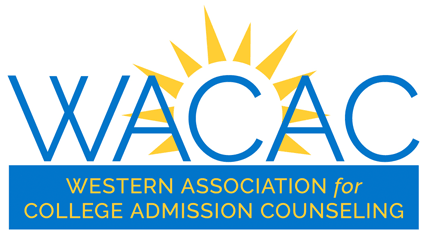By Amy Pimentel
Financial Aid Outreach Specialist from the College of the Sequoias
Community College, state college, and private college students have two things in common: one, they are chasing dreams; two, they worry about money.
Granted, there’s the group of students who have a 529, trust fund, or parents with the means to afford college, but, for the majority of college students, paying for college is major stressor. The two recent changes to the FAFSA, and the California Dream Act Application, that allows families to apply earlier and use income tax returns from two years prior to the start of the school year has been a huge gain in the college access landscape. However, even with this earlier access and ability to see what a student could be eligible for before California public college admission deadlines, we still see less than half of California seniors applying for financial aid prior to March 2nd.
Applicants have a love-hate relationship with financial aid. They love when financial aid makes their college of choice affordable, yet they avoid nuanced financial aid questions like left out potato salad at a potluck. Admissions and outreach representatives are able to answer some of the more common questions, but financial aid counselors can help students and families handle those more specific questions and understand an aid package–often students can use help navigating the resources.
Encourage students to apply for financial aid before they have to submit admissions applications, so they can see Pell Grant and Cal Grant eligibility. This allows families to see affordability, rather than just relying on hearsay. First-generation and low income families need confidence that the advice you’re giving is the truth, especially when they aren’t used to seeing family, friends, and neighbors attend your institutions.
The Cost of Attendance at a community college is about $12,000, and as an employee at one, I know we have many conversations with students about how we are often the most affordable option. However, our biggest competitors are for-profit schools that have large marketing budgets allowing them to pay for flashy commercials and billboards of happy students who graduated in ten months. The fear is that many of those schools misrepresent their affordability, leaving graduates with lots of debt and all too often with job prospects that will impede their ability to pay off that debt sooner than later.
Unfortunately, there are still too many students ill informed about their college financial options. Counselors, technicians, and college outreach staff who can learn more about financial aid or partner with financial aid staff to include them in outreach can provide a valuable service and influence students to make smart financial decisions.

